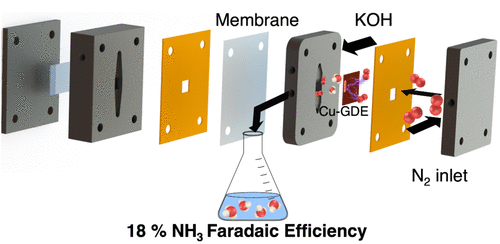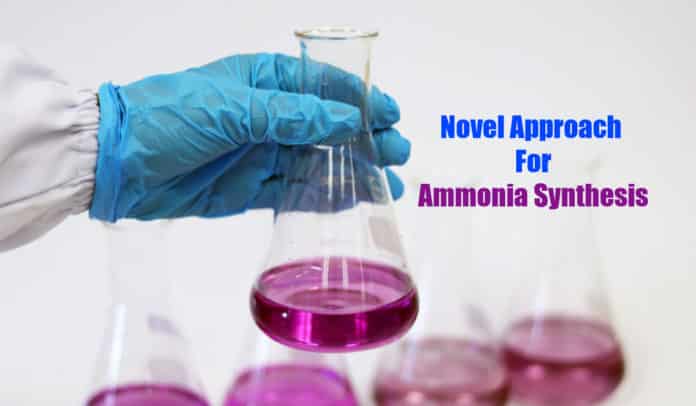New Ammonia Production Method With Less Carbon Dioxide Release
Ammonia is an essential element in the majority of fertilizers and is the next largest chemical manufactured worldwide. The drawback in this industry is that the present method for ammonia production releases megatons of carbon dioxide per year, contributing to global warming.
In a recent study supervised by an assistant professor, UIC College of Engineering, Meenesh Singh delineated a novel method for producing ammonia with a significantly reduced carbon footprint. They published their discovery in ACS Catalysis journal.
Ammonia synthesis demands a great deal of energy as the vital compound of the process, nitrogen gas has strong nitrogen bonds. The process involves breaking of nitrogen triple bonds to form bonds with hydrogen.
Singh reported that prevailing approaches employed for generating ammonia require a massive amount of energy and combustion of fossil fuels to meet this requirement, as a result, heaps of greenhouse gases are released.
Singh and coworkers have devised a new approach to create ammonia that counts the utilization of a mesh screen sheathed in copper, a catalytic agent that promotes the linking of hydrogen and nitrogen in ammonia production. The reaction is stimulated by the electrification of the mesh
.
The process involves forced sieving of pure nitrogen gas and subsequent reaction with water, offering hydrogen. Singh’s approach employs relatively fewer fossil fuels than conventional methods albeit energy usage resembles the current methods. This energy is for the electrification of the mesh. Alternative energy sources like wind or solar could be applied, decreasing considerable emissions of greenhouse gases, Singh mentioned. He added that the current electricity power stations with a traditionally powered grid can also be extremely proficient, where their method even then utilizes reduced fossil fuels than traditional procedures.
Now, Singh’s method generates 80% hydrogen gas and 20% ammonia. They are anticipating to expand their pilot study to a larger one. Till now, their initial steps are favorable for the expansion, and the carbon footprint produced is essentially abated, Singh claimed.
A provisional application for this newly discovered method has been submitted by the UIC Office of Technology Management.
An alternative method employing air for synthesizing ammonia is the current research focus of Singh’s team. Nitrogen gas when compared to air requires to be purified and contained. Air can also offer an additional advantage of reducing greenhouse gases even further, Singh stated.
Author : Geema George
















































